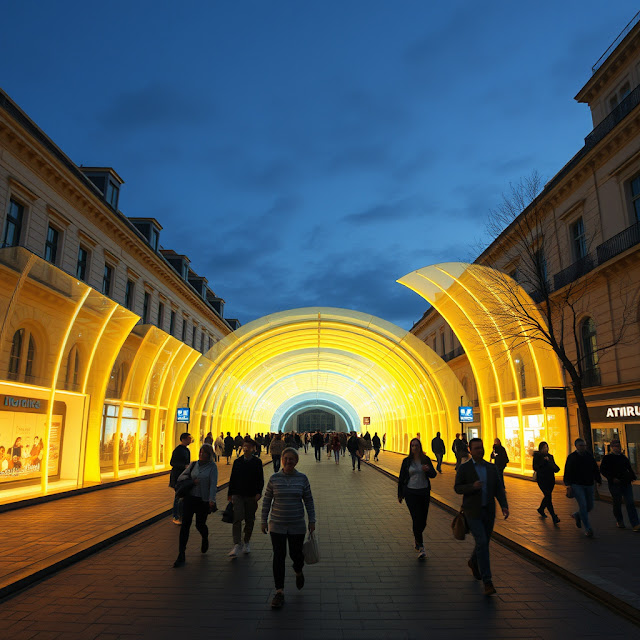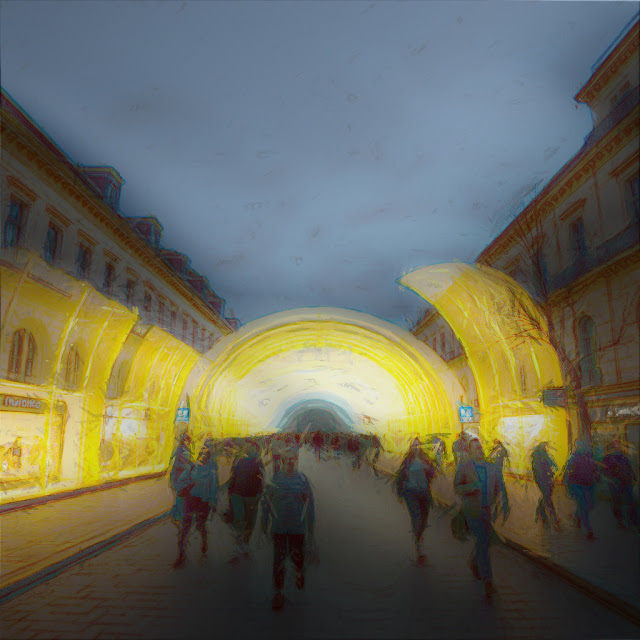Architecture is a reflection of the societal, technological, and cultural context in which it emerges, evolving over time to meet the needs and aspirations of each era. In the 20th and 21st centuries, two distinct architectural movements have left a profound impact on the built environment: modern architecture and contemporary architecture. While both share a commitment to innovation and forward-thinking design, they diverge in their approaches, philosophies, and design principles. In this article, we compare and contrast contemporary architecture and modern architecture to gain insights into their distinct characteristics and influences on the architectural landscape.
Modern Architecture: Embracing Innovation and Rationalism
Modern architecture emerged in the early 20th century as a response to the social, economic, and technological changes of the industrial age. Characterized by simplicity, functionalism, and a rejection of historical ornamentation, modern architecture sought to break free from the constraints of traditional architectural styles and embrace the possibilities of new materials and construction techniques.
Key Characteristics of Modern Architecture:
1. Simplicity and Minimalism: Modern architecture is characterized by clean lines, geometric shapes, and minimal ornamentation. Buildings are stripped down to their essential elements, with an emphasis on functional design and rational construction.
2. Use of Modern Materials: Modern architects embraced new materials such as reinforced concrete, steel, and glass, allowing for innovative structural forms and expansive, light-filled interiors.
3. Functionalism: Functionality is a central tenet of modern architecture, with buildings designed to serve their intended purpose efficiently and effectively. Spaces are organized with a focus on usability and practicality, with layouts optimized to accommodate modern lifestyles and activities.
4. Integration with Nature: Modern architects sought to integrate buildings with their natural surroundings, blurring the boundaries between indoor and outdoor spaces. Large windows, skylights, and outdoor terraces bring natural light and ventilation into interior spaces, fostering a connection with the environment.
Contemporary Architecture: Embracing Diversity and Innovation
Contemporary architecture, which emerged in the late 20th century and continues to evolve today, builds upon the foundations laid by modern architecture while incorporating new technologies, materials, and design approaches. Unlike modern architecture, which was characterized by a singular aesthetic and philosophical approach, contemporary architecture is diverse and eclectic, reflecting the pluralistic nature of contemporary society.
Key Characteristics of Contemporary Architecture:
1. Diversity and Eclecticism: Contemporary architecture encompasses a wide range of styles, approaches, and aesthetics, reflecting the diversity of cultures, influences, and design philosophies in today's globalized world.
2. Innovation and Experimentation: Contemporary architects embrace innovation and experimentation, pushing the boundaries of traditional architectural conventions and exploring new forms, materials, and construction techniques.
3. Sustainability and Environmental Responsibility: Contemporary architecture places a strong emphasis on sustainability and environmental responsibility, incorporating green building practices, energy-efficient technologies, and environmentally friendly materials into building design.
4. Integration of Technology: Contemporary architecture integrates advanced technologies and digital tools into the design and construction process, allowing for greater precision, efficiency, and customization in building design.
Comparison and Contrast:
While modern architecture and contemporary architecture share a commitment to innovation and forward-thinking design, they differ in their philosophical approaches, design principles, and cultural influences.
• Philosophical Approach: Modern architecture is characterized by a rationalist philosophy that emphasizes functionality, simplicity, and the rejection of historical ornamentation. In contrast, contemporary architecture is more eclectic and inclusive, embracing diversity, experimentation, and the integration of multiple influences and design approaches.
• Design Principles: Modern architecture prioritizes clean lines, geometric shapes, and minimal ornamentation, with an emphasis on functionalism and rational construction. Contemporary architecture, on the other hand, is characterized by diversity, innovation, and experimentation, with an openness to new forms, materials, and design approaches.
• Cultural Influences: Modern architecture emerged in the early 20th century as a response to the social, economic, and technological changes of the industrial age. Its aesthetic and philosophical principles were influenced by movements such as Bauhaus, International Style, and Functionalism. In contrast, contemporary architecture reflects the cultural, social, and technological context of the late 20th and 21st centuries, incorporating diverse influences and design philosophies from around the world.
In conclusion, modern architecture and contemporary architecture represent distinct but interconnected movements within the broader trajectory of architectural history. While modern architecture laid the foundations for innovation and rationalism in architectural design, contemporary architecture continues to push the boundaries of what is possible in architectural expression, embracing diversity, experimentation, and the integration of new technologies and sustainable practices. Together, these movements reflect the dynamic and evolving nature of architecture as it continues to respond to the ever-changing needs and aspirations of society.




.jpg)
_1.jpg)
_2.jpg)
.jpg)
_1.jpg)
_2.jpg)






.jpg)













































